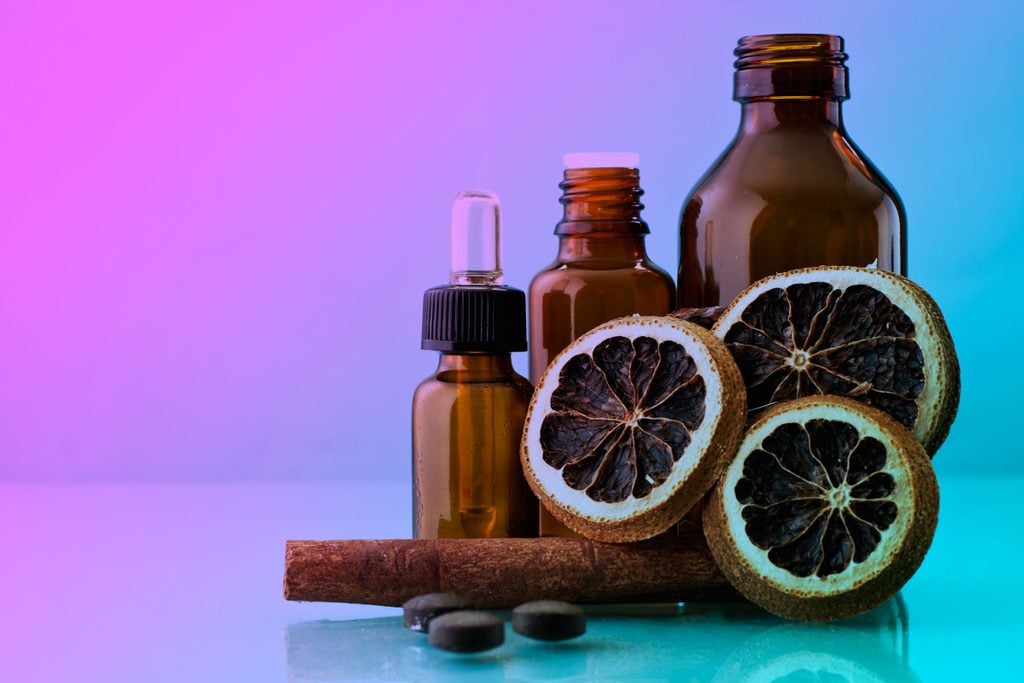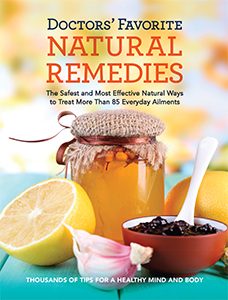Licorice Extract and Tea: How They Heal
Updated: Jul. 25, 2016
As well as assuaging a sweet tooth, licorice has been valued for its medicinal properties since ancient times.

The distinctive, sweet taste of licorice comes from glycyrrhizin, a substance which is 30 to 50 times sweeter than sucrose. The licorice plant is native to Greece, Turkey, and Asia and the black stuff is extracted from its thick, woody rhizomatous roots. The roots are boiled and most of the water is evaporated off before the extract is sold in solid or syrup form. A staple of traditional Chinese medicine, licorice is commonly added to other herbal remedies to enhance the flavor.
How Licorice Works
Numerous potentially healing substances have been identified in licorice, including flavonoids and plant estrogens as well as glycyrrhizin. Two compounds—licoricidin and licorisoflavan—have antibacterial properties that could kill some of the bacteria responsible for dental cavities and gum disease.
Scientists are interested in glycyrrhetinic acid, a derivative of glycyrrhizin, for healing peptic ulcers as it interferes with prostaglandins and encourages digestive mucus production. Applied topically, licorice root extract soothes the skin and makes it less likely to develop rashes and spots by eliminating the bacteria that cause them. Used as an expectorant, licorice can help to treat coughs by expelling mucus.
How to Use Licorice
Licorice is available dried—for use as a tea—as well as chewable tablets, capsules and as an extract. To treat sensitive skin, mix 5 drops of licorice root extract with water and apply. Leave for 20 minutes and then wash off. In one study, a gel containing two percent licorice relieved symptoms of itching, swelling and redness. Used in the form of a dissolving patch, licorice could reduce the discomfort of ulcers and other mouth sores.
Safety First
Studies have shown that licorice can increase blood pressure or cause muscle weakness and chronic fatigue and it is recommended that people do not consume more than 100 mg of glycyrrhizin a day. If you are taking a prescription medicine, check with your doctor before using licorice and do not take licorice while pregnant or breastfeeding.
Where to Find Licorice
Dried licorice and licorice products are available in health food stores or from a qualified herbalist.

Get More Natural Remedies Doctors Approve!
The book Doctors’ Favorite Natural Remedies offers effective ways to treat more than 85 health conditions and evaluates the most commonly used alternative therapies and supplements. Learn more and buy Doctors’ Favorite Natural Remedies here.